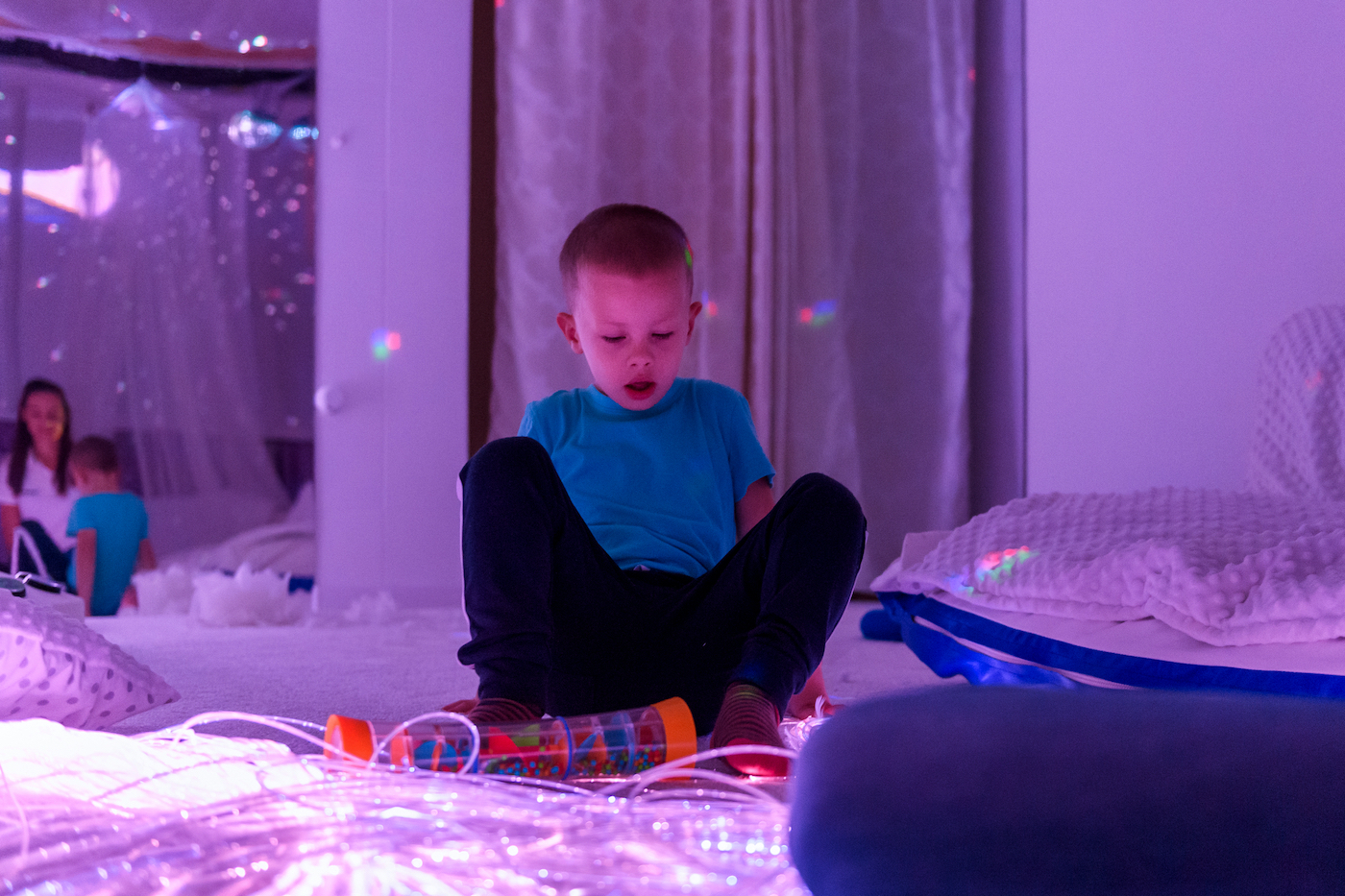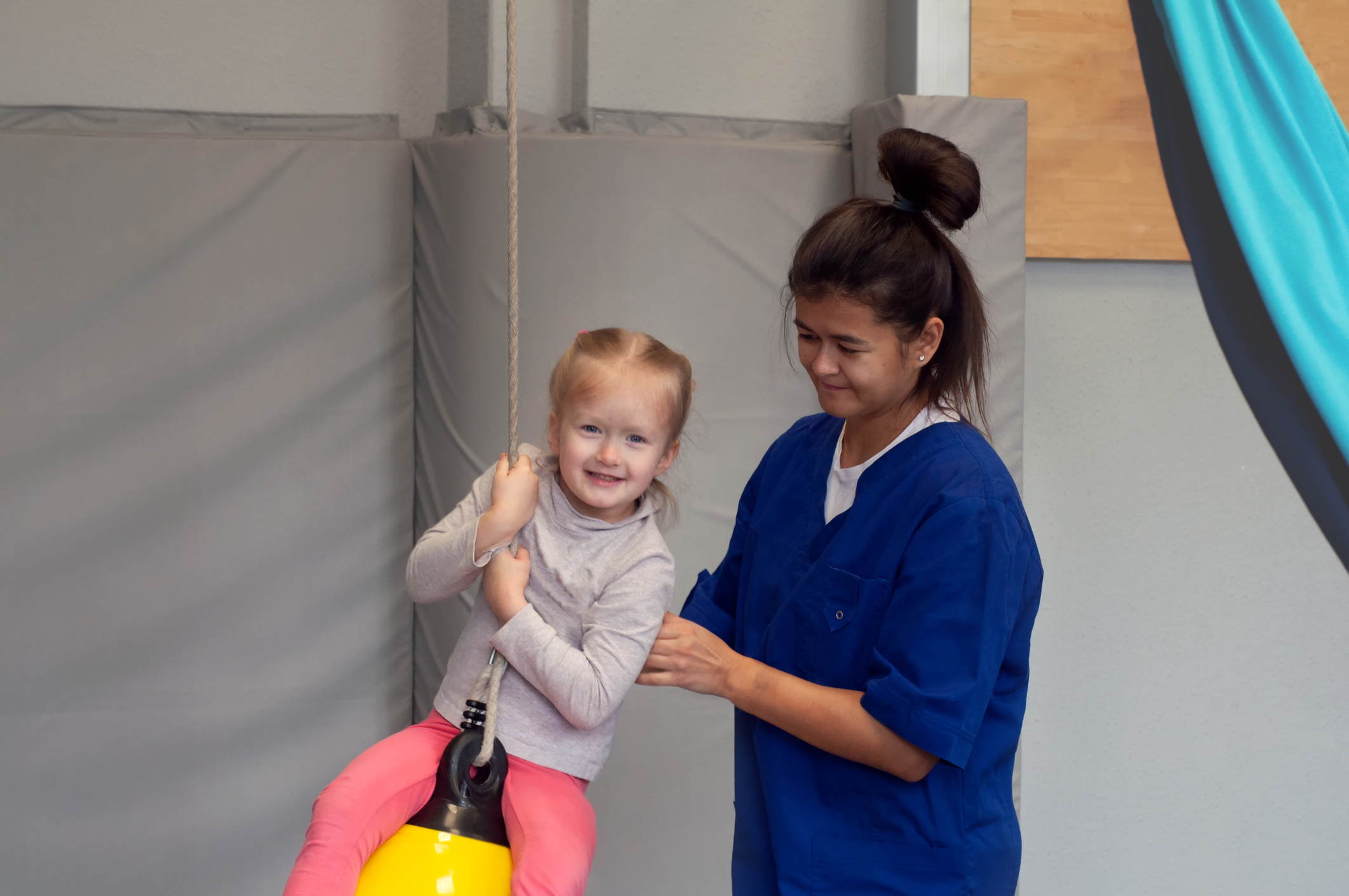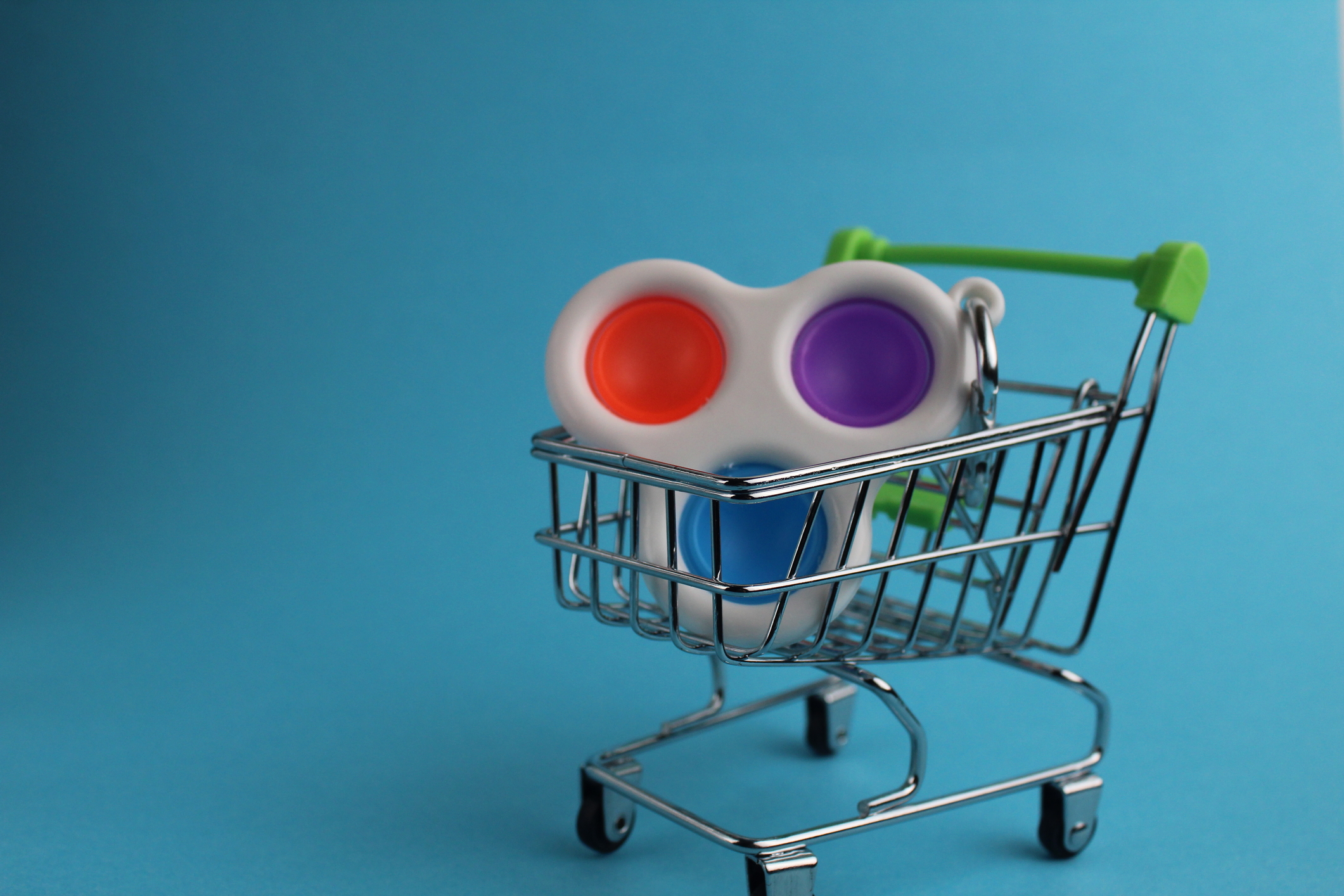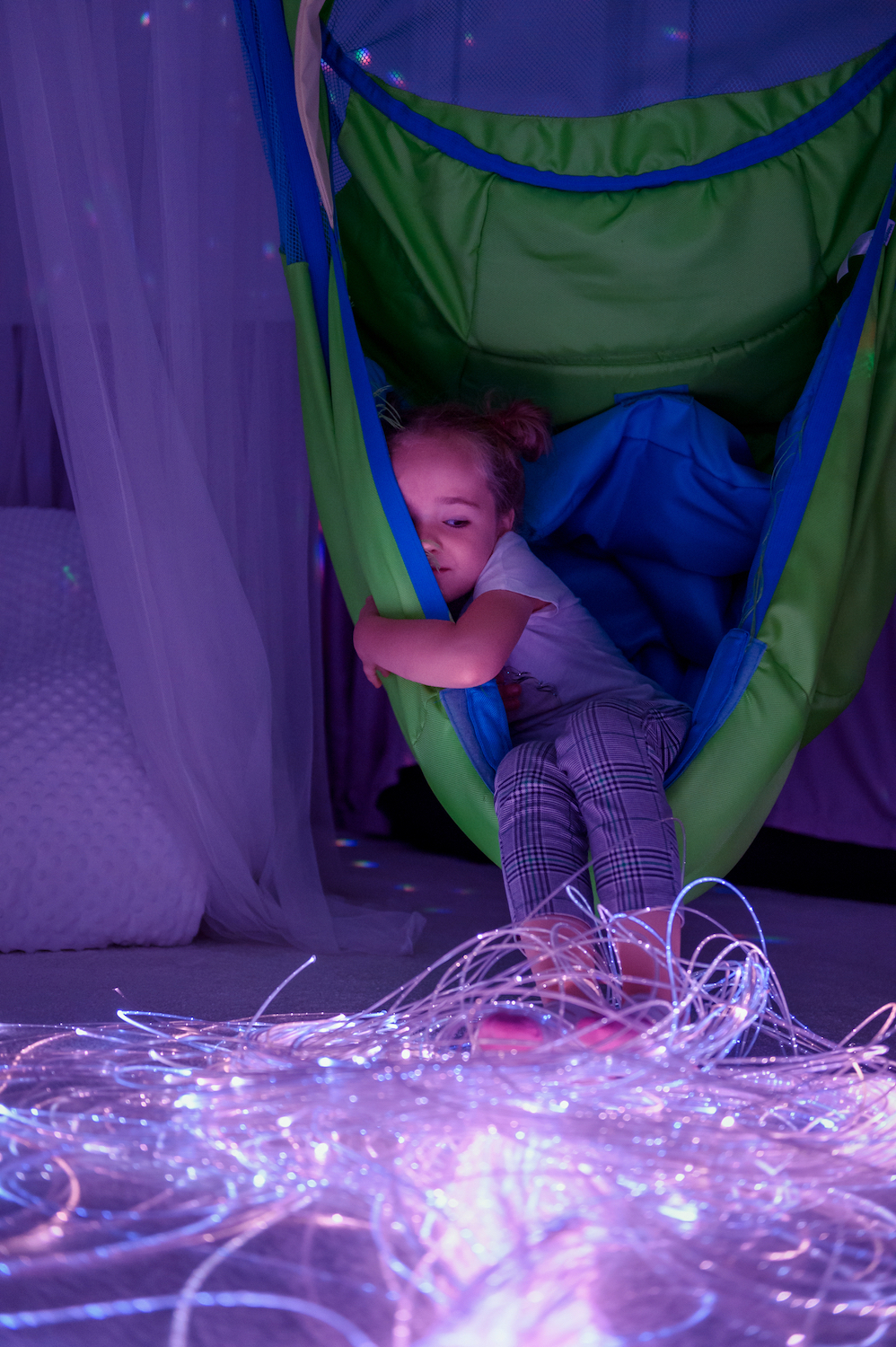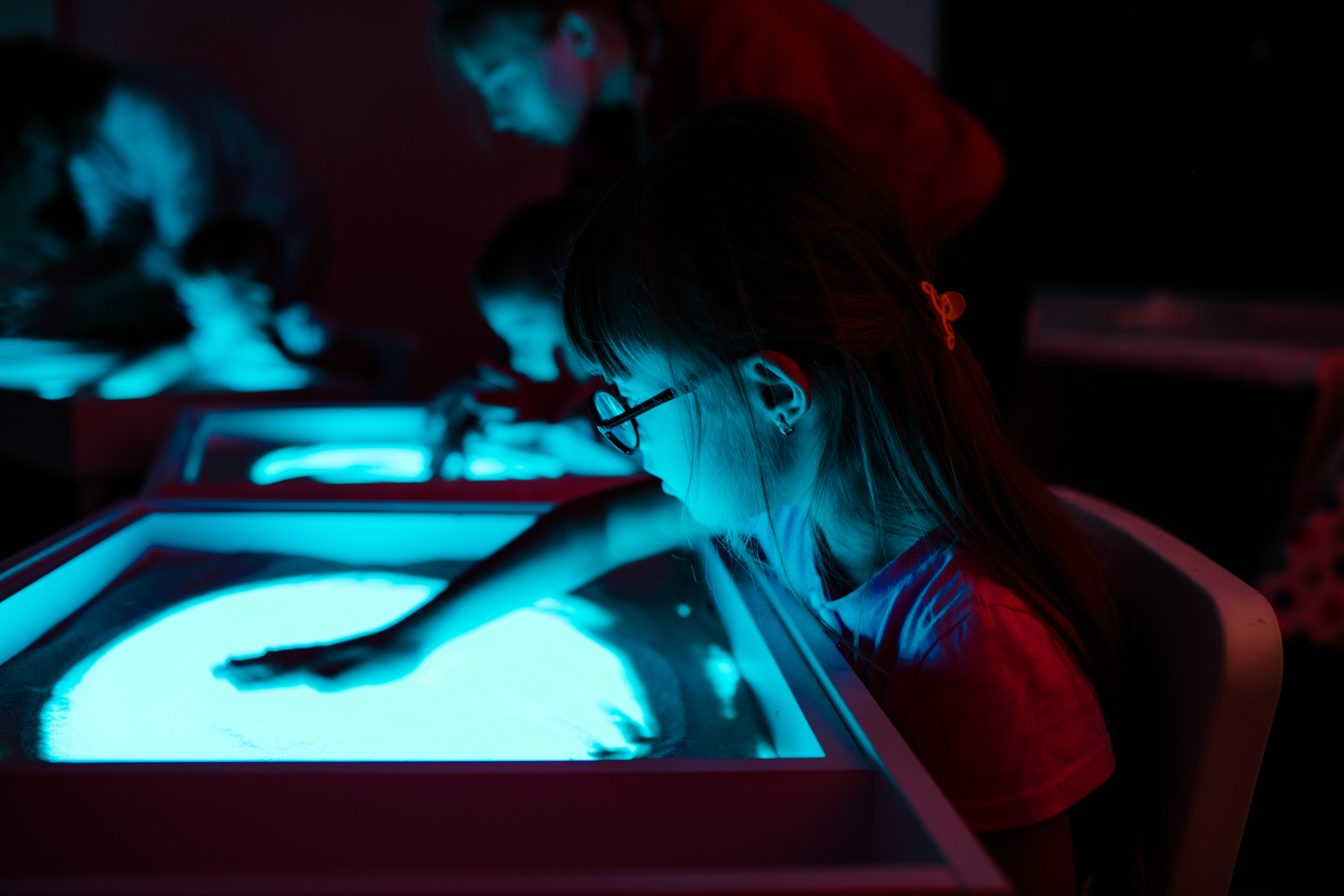There are many objectives sensory rooms can be designed to meet. While sensory stimulation is a common goal, so too is calming. Homes, hospitals, mental health facilities, and schools can all utilize these rooms as tranquil spaces to de-escalate, regulate, and mitigate crises. In this week’s article, we’d like to focus on the elements you can use to create the ultimate calming sensory room.
The Impact of Colour
Before we even get to the cool gadgets you can use to fill the space, let’s take a look at one of the most basic elements of any space: colour. Multiple studies have shown how different tones affect mood, comfort levels, and our ability to focus. Bright, bold colours can be exciting and beautiful, but they can also overstimulate if painted across an entire room. Alternatively, stark white can be equally uncomfortable, making a space feel cold and clinical. Many experts suggest pale pinks, soft oranges, blues, and even greens can be soothing to neurodivergent children and adults. Colours with gray or white undertones tend to inspire calm and focus.
Lighting & Electronics
Anyone who has experienced a meltdown or panic attack themselves can tell you that even the most inconsequential details can cause detrimental overwhelm. The buzzing of electronics or glare of fluorescent lights are major culprits. While electronic items can be helpful in calming rooms, be aware of the ambient sounds they produce. Soft lighting that is gentle on the eyes is a must when it comes to these spaces. Consider using blackout curtains over windows and dimmer switches to put you or the room’s occupant in full control of the visual stimulation in the room. Nightlights, lamps, and even LED letterboxes can act as both interactive and calming components as well.
Easy Organization
Both neurotypical and neurodivergent folks are impacted by their environments. Clutter and mess can further stress out a person already experiencing overstimulation. Ensure you consider the organization of the room and the items within when designing a calming sensory room. This could be in the form of labelled storage containers, a tidy bookshelf, or a cupboard with closed doors. Not only will this eliminate tripping hazards, but it will create a safe environment for your loved one or patient to move around the space with the extra bonus of avoiding the negative sensory impacts of clutter.
Calming Items
Once you’ve set the scene with the wall colour, lighting, and organization, it’s time to fill the space with calming items. An often overlooked aspect of autism and other similar conditions is the need for proprioceptive stimulation. Think of it like needing a great big stretch or a tight hug. Weighted blankets, swings, or even chairs in the shape of cocoons can offer that all-over pressure an individual may require to meet that need. Sensory seekers can also benefit from the vibrations of handheld massagers. As always, items should be tailored to the intended occupants of the room as every person is different! In addition to these items, consider incorporating soft music into the room. Music with a steady beat, nature sounds, low-tempo instrumentals, and the like can all be captivating and soothing.
There are many ways to inspire calm, start with these tips to start designing your own calming room. For safe products you can use to integrate into your space or sensory room design advice, send us a message today!

